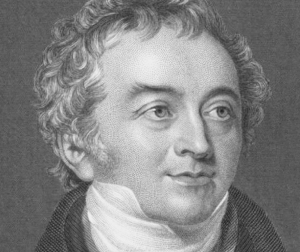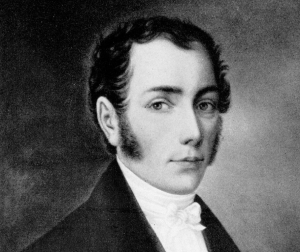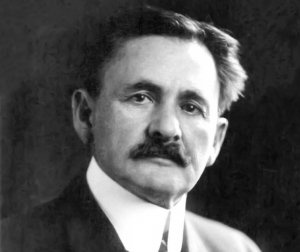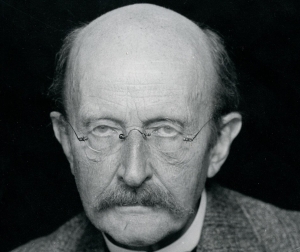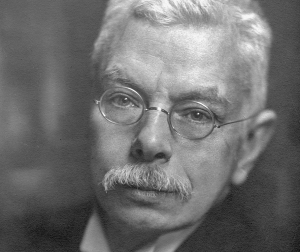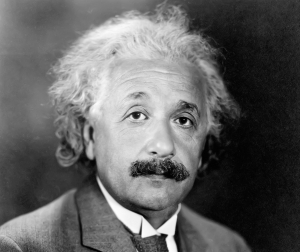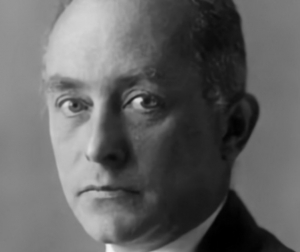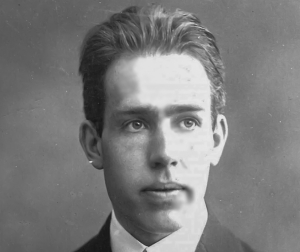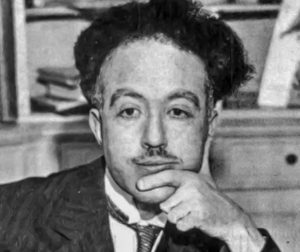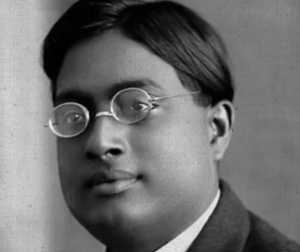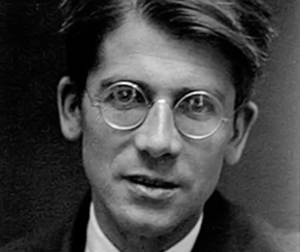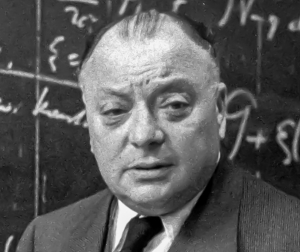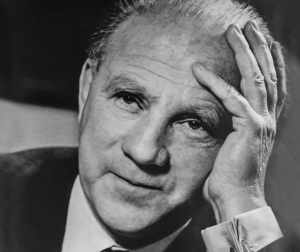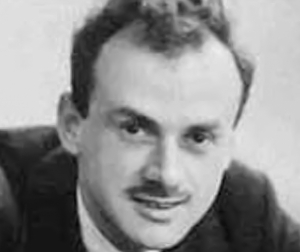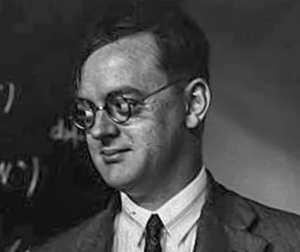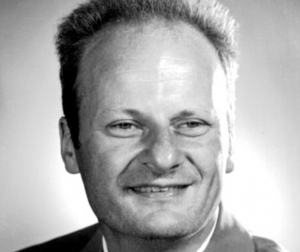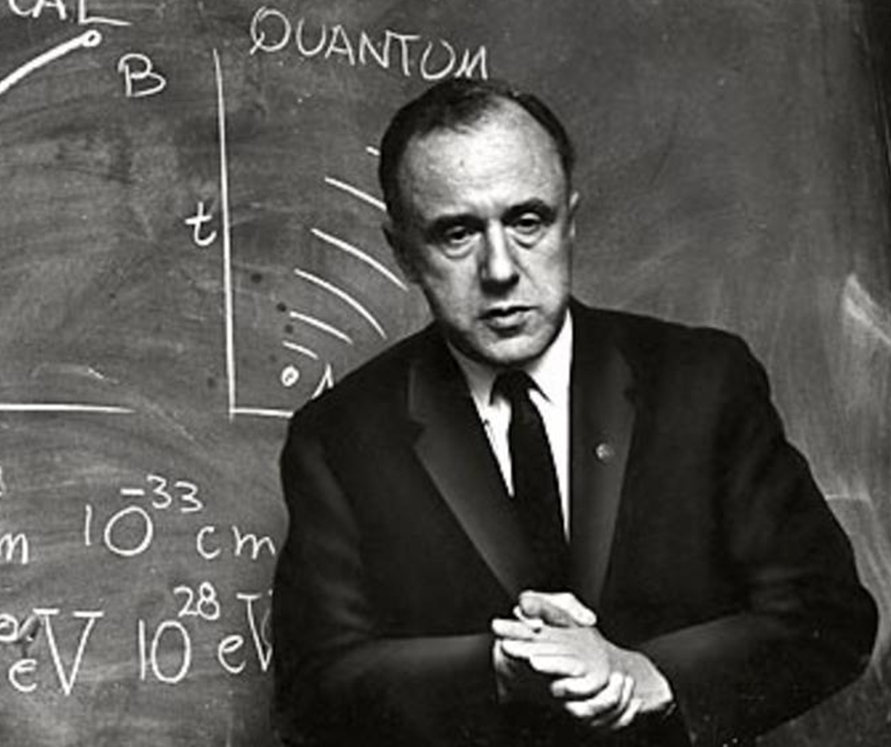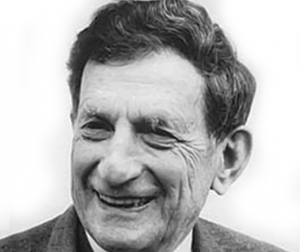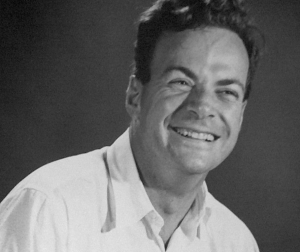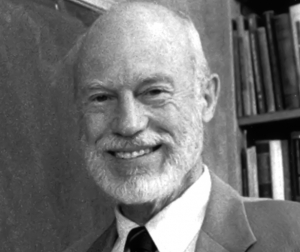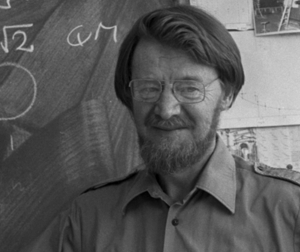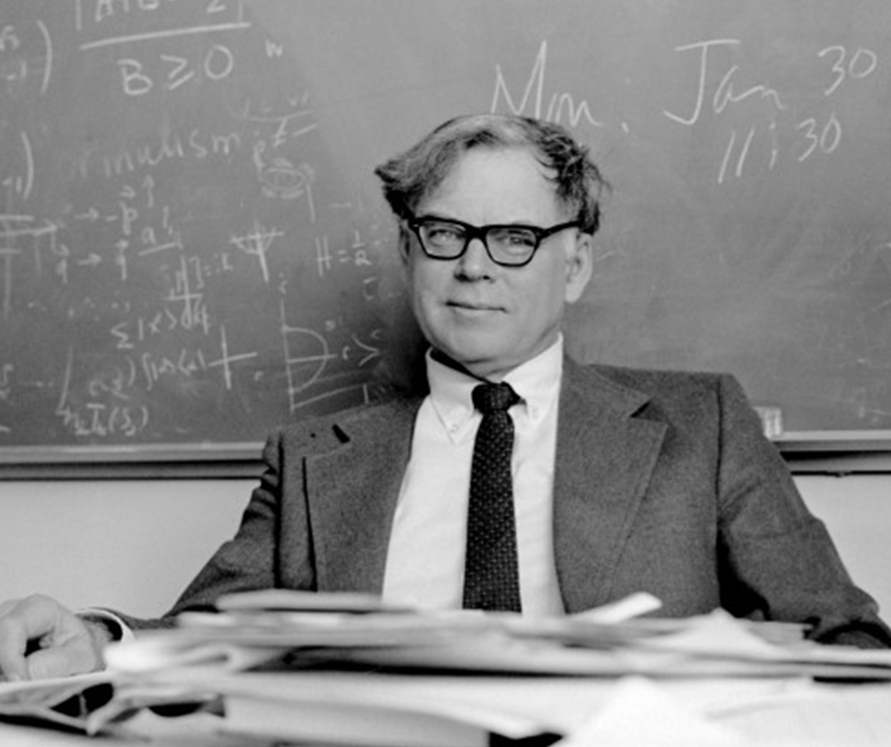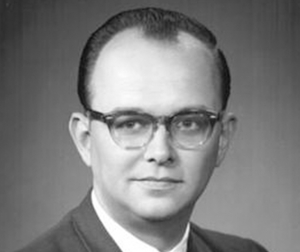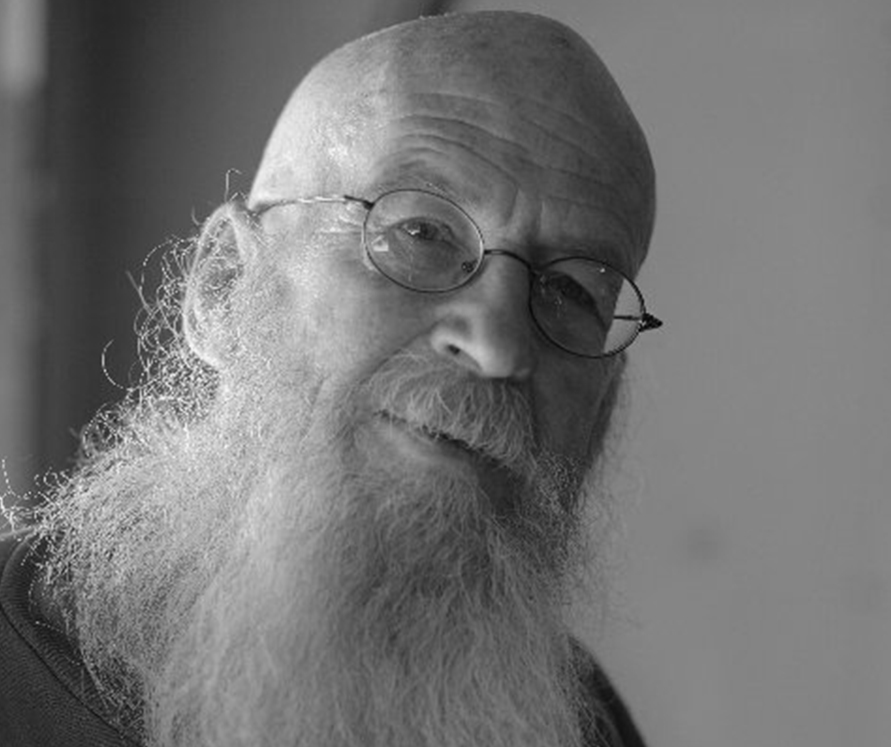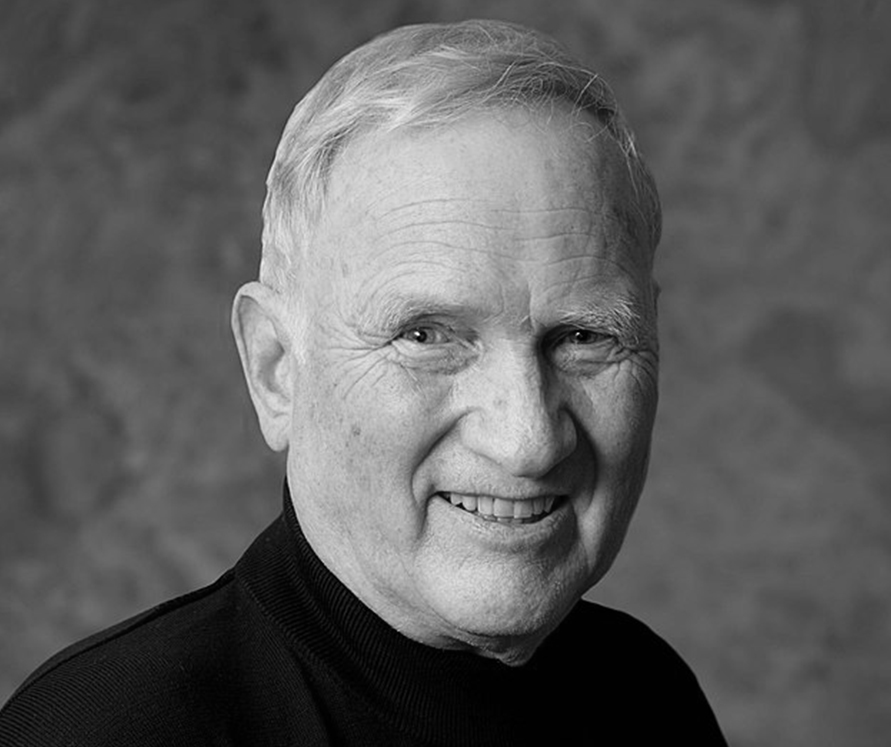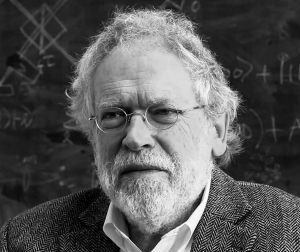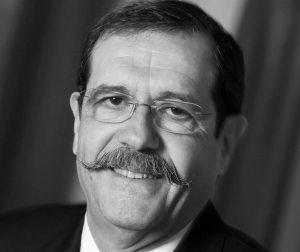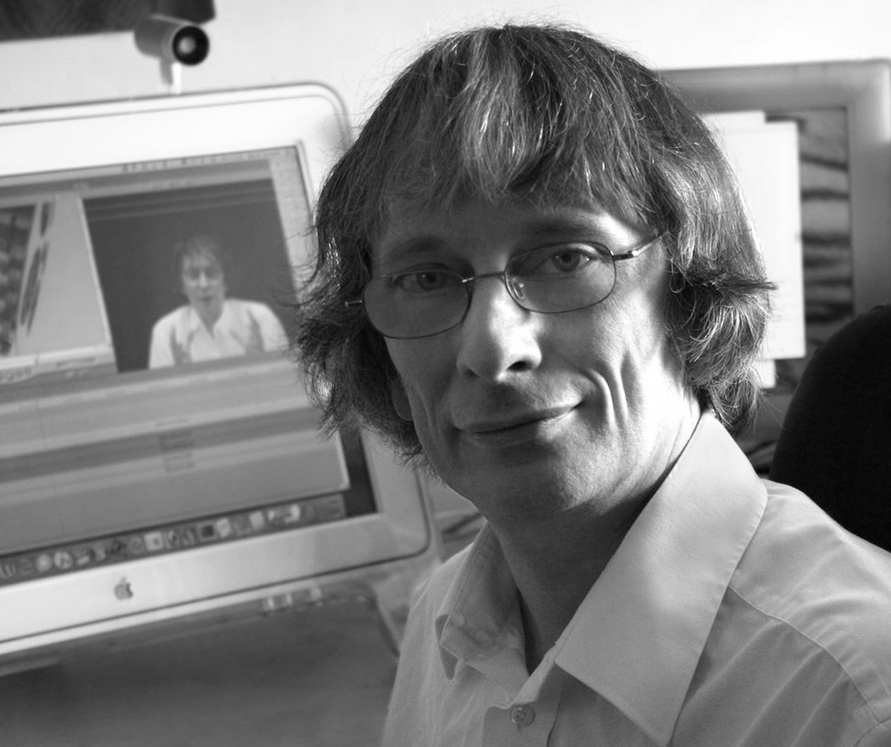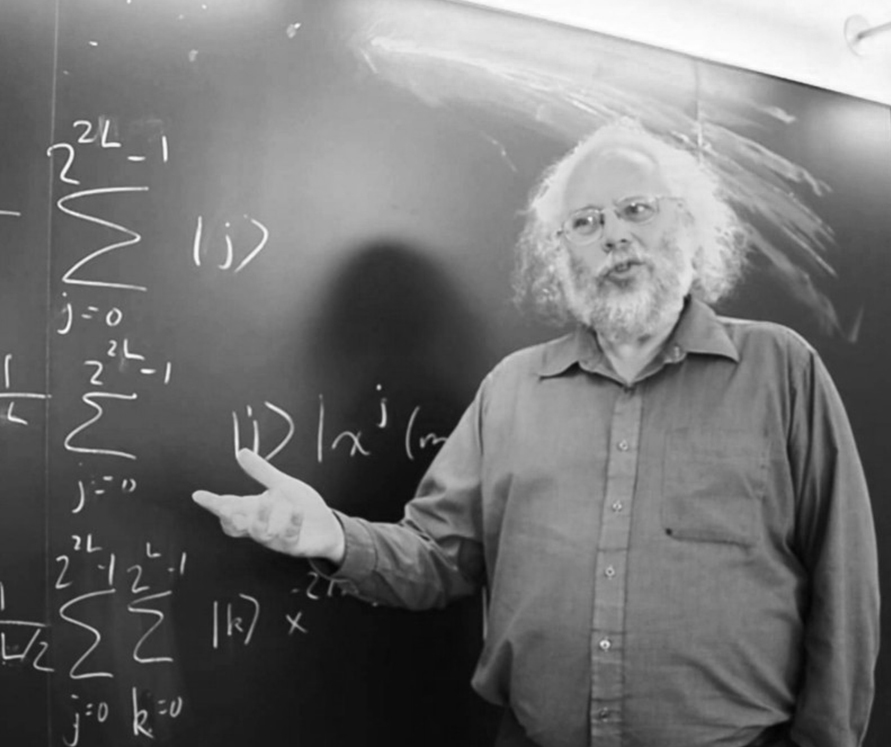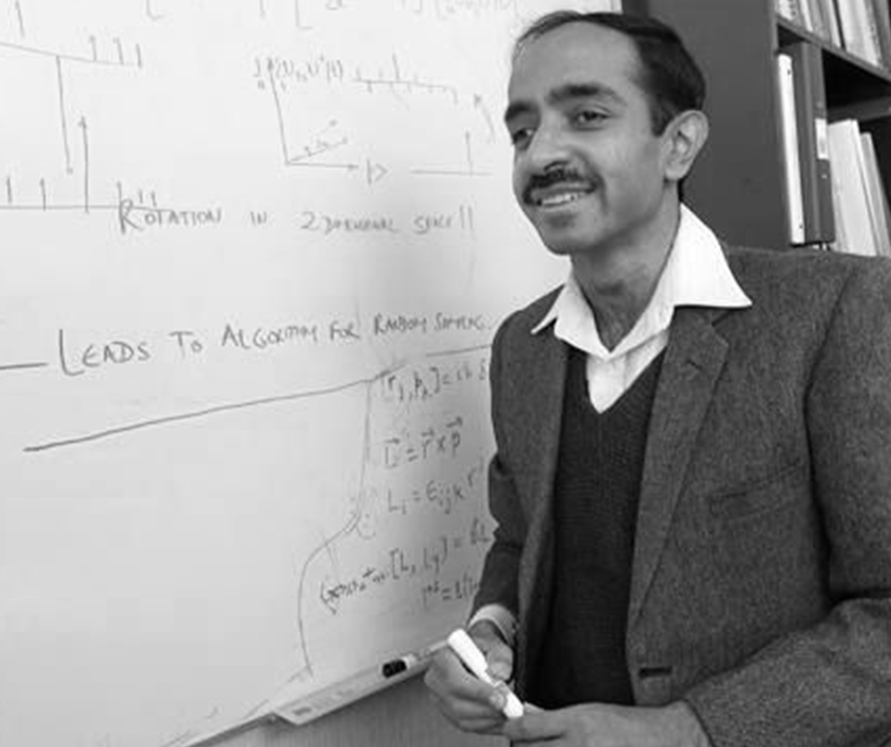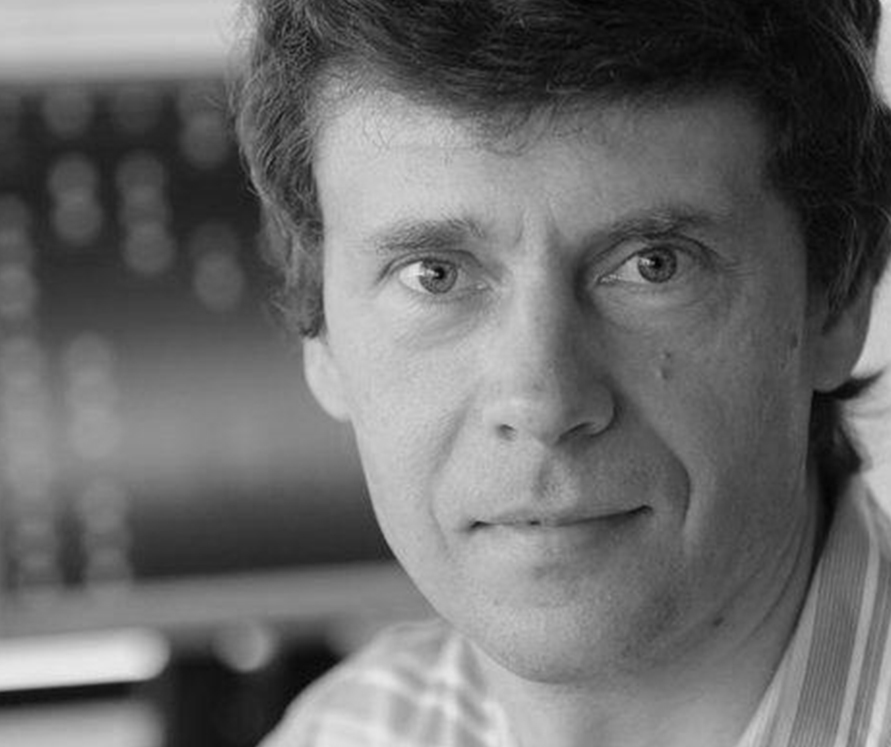
Quantum Biographies
Scientists and Visionaries
Find out more about the founding fathers of quantum mechanics
and how they enabled the development of the Era of Quantum Computing.
At school in Munich, Germany, Max Planck’s first love was music. When he asked a musician where he should go to study it he was told he’d better do something else if he had to ask that question. He turned to physics, but his professor complained that physics was a complete science: nothing more could be learned. Fortunately, Planck ignored him and went on to develop the concept of quanta. Planck endured the deaths of his wife and two sons killed in the world wars. Remaining in Germany, he was able to rebuild physics research there in the aftermath. Today, Germany’s prestigious Max Planck research institutes are named after him.
Wheeler’s delayed choice experiment is actually several thought experiments in quantum physics that he proposed, with the most prominent among them appearing in 1978 and 1984. These experiments are attempts to decide whether light somehow “senses” the experimental apparatus in the double-slit experiment it will travel through and adjusts its behavior to fit by assuming the appropriate determinate state for it, or whether light remains in an indeterminate state, neither wave nor particle, and responds to the “questions” asked of it by responding in either a wave-consistent manner or a particle-consistent manner depending on the experimental arrangements that ask these “questions”.
Abner Eliezer Shimony was an American physicist and philosopher. He specialized in quantum theory and philosophy of science. As a physicist he concentrated on the interaction between relativity theory and quantum mechanics. He has authored many works and research on complementarity in quantum entanglement as well as multiparticle quantum interferometry, both relating to quantum coherence. He has authored research articles and books on the foundations of quantum mechanics. He received the 1966 Lakatos Prize for his work in Philosophy of Science. On Stanford Encyclopedia of Philosophy you can read his Bell’s Theorem article.
Everett moved to Princeton University for his PhD, shifting from game theory to quantum mechanics. He was considered smart but too engrossed in science fiction books. In 1956 He went to work for the Pentagon on nuclear weapons modelling. At John Wheeler’s request, Everett visited Niels Bohr in Copenhagen in 1959, but his work got a poor reception. Everett found the visit ‘hell’ and returned to his computing career. In 1970 Everett’s idea was popularized in an article by Bryce DeWitt, which drew a lot of attention. A follow-up book sold out in 1973. Science fiction writers loved the many-worlds concept. Everett died young, aged 51.
Nick Herbert is an American physicist and author, best known for his book Quantum Reality. Herbert studied engineering physics at Ohio State University, graduating in 1959. He received a Ph.D. in physics from Stanford University in 1967 for work on nuclear scattering experiments. After a one-year teaching job at Monmouth College in Illinois, Herbert held a number of posts in industry. The most illustrious of these was senior physicist at Memorex Corporation in Santa Clara, California. While employed in industry, Herbert was part of the Fundamental Fysiks Group at Lawrence Berkeley National Laboratory, founded in May 1975 by Elizabeth Rauscher and George Weissmann. The group’s initial interest was in the interpretation of quantum mechanics, the EPR paradox, and Bell’s inequality, but members pursued diverse interests that lay outside of mainstream physics, exploring psychedelic drugs, psi phenomena, the nature of consciousness, and speculative connections of these areas with quantum physics. During the 1970s and 1980s, Herbert and Saul-Paul Sirag organized a yearly Esalen Seminar on the Nature of Reality, bringing together participants to discuss the interpretation of quantum mechanics.
John Francis Clauser is an American theoretical and experimental physicist known for contributions to the foundations of quantum mechanics, in particular the Clauser-Horne-Shimony-Holt inequality. John Clauser was born in Pasadena, California. He received his B.S. in physics from the California Institute of Technology in 1964. He received his M.A. in physics in 1966 and his Ph.D. in physics in 1969 from Columbia University.
From 1969 to 1996 he worked mainly at Lawrence Berkeley National Laboratory, Lawrence Livermore National Laboratory, and the University of California, Berkeley. Clauser was awarded the Wolf Prize in Physics in 2010 together with Alain Aspect and Anton Zeilinger. In 1972, working with Stuart Freedman, he carried out the first experimental test of the CHSH-Bell’s theorem predictions. This was the world’s first observation of quantum entanglement, and was the first experimental observation of a violation of a Bell inequality. In 1974, working with Michael Horne, he first showed that a generalization of Bell’s Theorem provides severe constraints for all local realistic theories of nature (a.k.a. objective local theories). That work introduced the Clauser–Horne (CH) inequality as the first fully general experimental requirement set by local realism. It also introduced the “CH no-enhancement assumption”, whereupon the CH inequality reduces to the CHSH inequality, and whereupon associated experimental tests also constrain local realism. Also in 1974 he made the first observation of sub-Poissonian statistics for light (via a violation of the Cauchy–Schwarz inequality for classical electromagnetic fields), and thereby, for the first time, demonstrated an unambiguous particle-like character for photons. In 1976 he carried out the world’s second experimental test of the CHSH-Bell’s Theorem predictions.
David Elieser Deutsch is an Israeli-born British physicist at the University of Oxford. He is a Visiting Professor in the Department of Atomic and Laser Physics at the Centre for Quantum Computation (CQC) in the Clarendon Laboratory of the University of Oxford. He pioneered the field of quantum computation by formulating a description for a quantum Turing machine, as well as specifying an algorithm designed to run on a quantum computer. He is a proponent of the many-worlds interpretation of quantum mechanics.
Lov Kumar Grover is an Indian-American computer scientist. He is the originator of the Grover database search algorithm used in quantum computing. Grover’s 1996 algorithm won renown as the second major algorithm proposed for quantum computing (after Shor’s 1994 algorithm), and in 2017 was finally implemented in a scalable physical quantum system. Grover’s algorithm has been the subject of numerous popular science articles. Grover has been ranked as the 9th most prominent computer scientist from India. Grover received his bachelor’s degree from the Indian Institute of Technology, Delhi in 1981 and his PhD in Electrical engineering from Stanford University in 1985. He then went to Bell Laboratories, where he worked for an assistant professor at Cornell University from 1987 to 1995.
Alexei Kitaev is a Russian–American professor of physics at the California Institute of Technology and permanent member of the Kavli Institute for Theoretical Physics. He is best known for introducing the quantum phase estimation algorithm and the concept of the topological quantum computer while working at the Landau Institute for Theoretical Physics.
Join dotQuantum
Become Part Of The Future Quantum Bit World!!
By clicking on “SUBSCRIBE” you agree to receive our monthly newsletter (Read the Privacy Policy). You can unsubscribe at any time by clicking on the link in the newsletter that we will send you.


